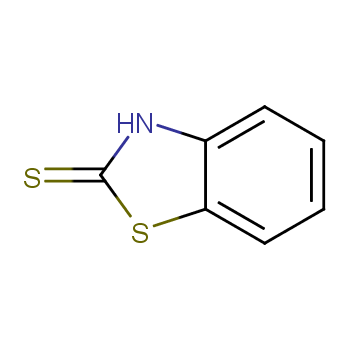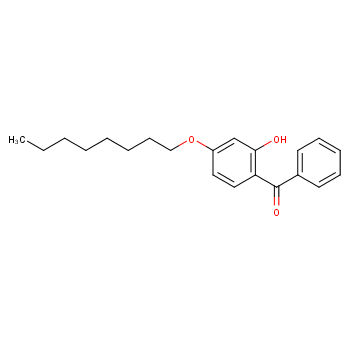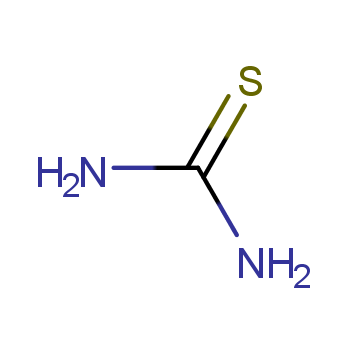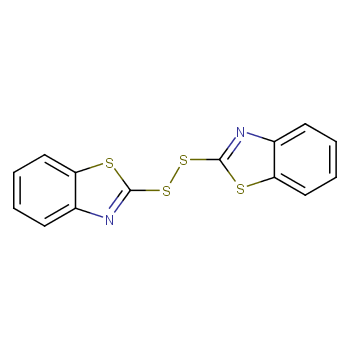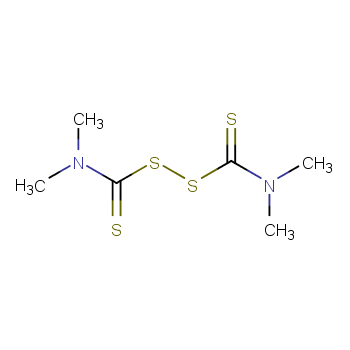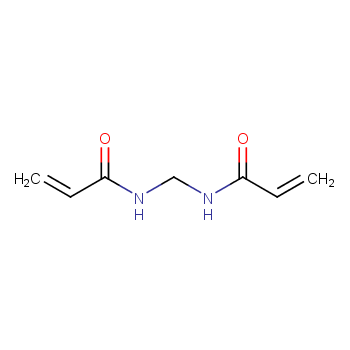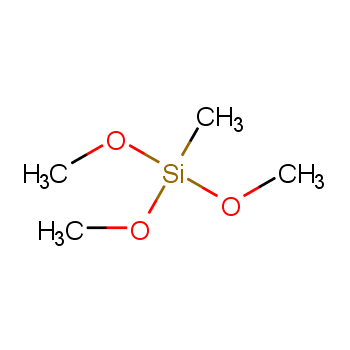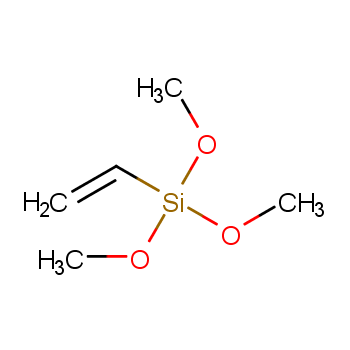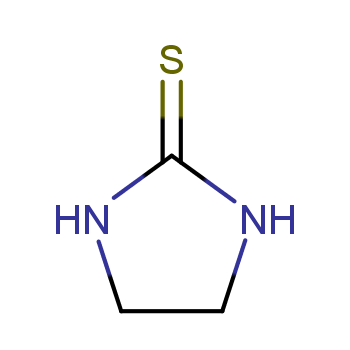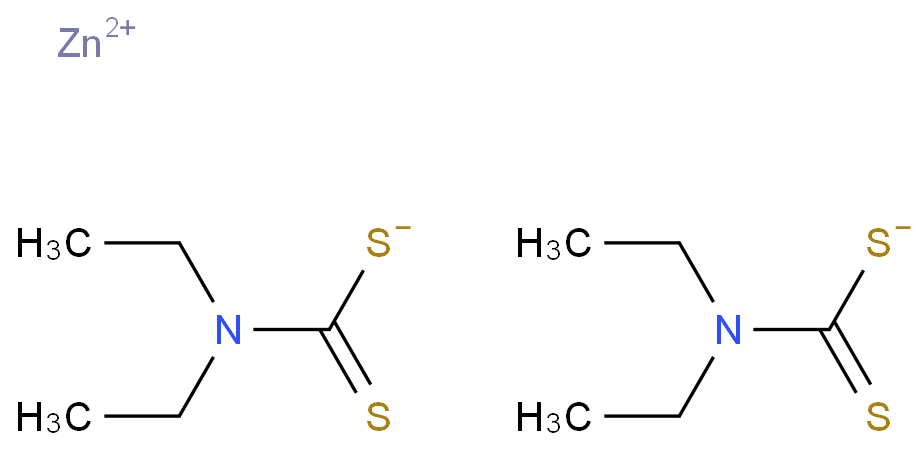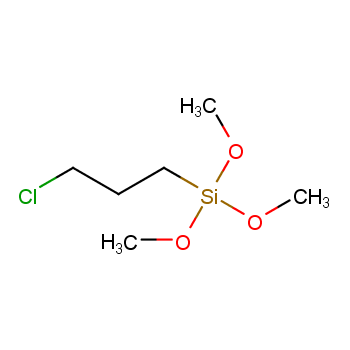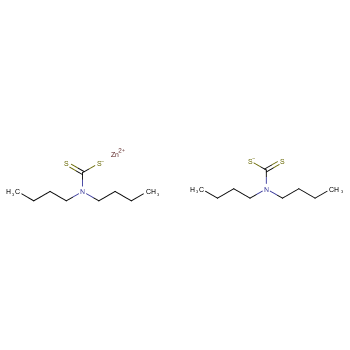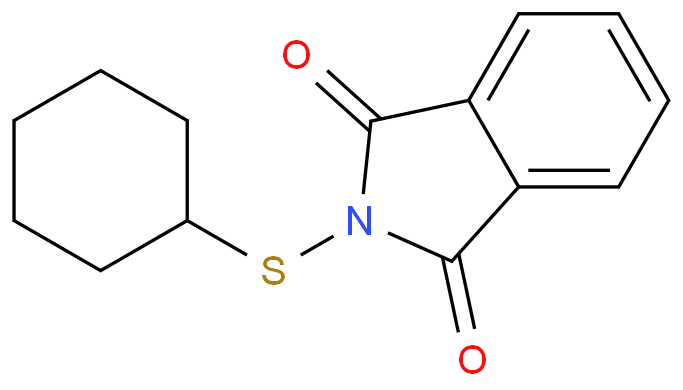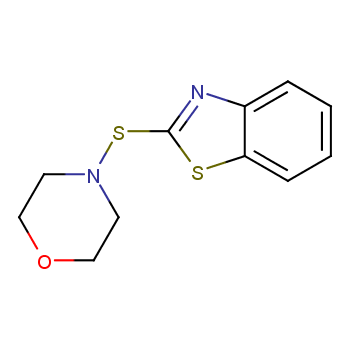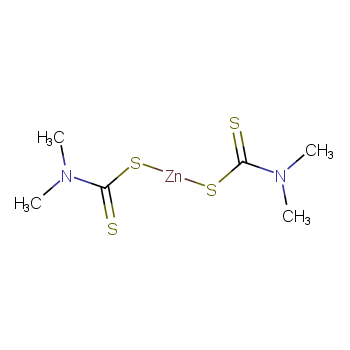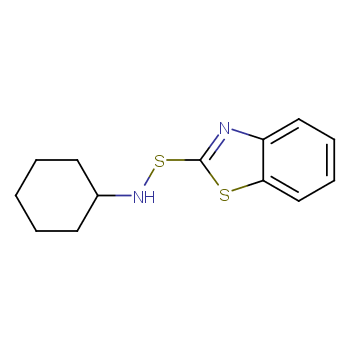Rubber auxiliary agents encompass chemicals integrated into the rubber manufacturing process to enhance the properties of the end product. These additives facilitate improved rubber processability, augment its strength, durability, and bolster its resistance to heat, aging, and environmental influences.
Rubber Auxiliary Agents Categories
Accelerators: Accelerators are chemicals that increase the rate of vulcanization, or the process by which rubber is converted into a more durable and stable material. Examples include sulfenamides, thiurams, and dithiocarbamates.
Antioxidants: Antioxidants are chemicals that prevent the degradation of rubber due to exposure to heat, oxygen, and other environmental factors. Examples include phenols, amines, and phosphites.
Activators: Activators are chemicals that improve the efficiency of vulcanization by enhancing the interaction between the rubber and the vulcanizing agent. Examples include zinc oxide and stearic acid.
Plasticizers: Plasticizers are chemicals that improve the processability of rubber by reducing its stiffness and increasing its flexibility. Examples include phthalates and adipates.
Fillers: Fillers are materials that are added to rubber to improve its mechanical properties, such as its strength, hardness, and abrasion resistance. Examples include carbon black, silica, and clay.
Usage of Rubber Auxiliary Agents Product
The utilization of rubber auxiliary agent products holds paramount significance in the rubber industry. These agents serve as invaluable additives, contributing significantly to the enhancement of performance and longevity in rubber-based products. Their applications span a wide spectrum, encompassing critical roles in the manufacturing of tires, hoses, seals, gaskets, and more. Rubber auxiliary agents, through their multifaceted functions, are instrumental in ensuring that rubber products meet and exceed the stringent standards and demands of various industries.
+more
